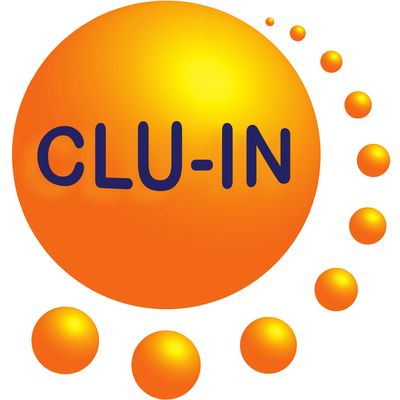Since 1998, The Contaminated Site Clean-Up Information (CLU-IN) website has presented Internet Seminars covering a wide variety of technical topics related to hazardous waste characterization, monitoring, and remediation. For each seminar topic, we have selected the highest-quality offering for placement in our archives. Beginning in May 2005, we began offering these archives via podcast, and this feed contains all seminars archived in the last 6 months. For a complete list of seminars archived since 2000 and videos of selected seminars archived since 2012, please visit http://clu-in.org/live/archive/. Our Rehabilitation Act Notice for reasonable accommodation is available at http://clu-in.org/training/accommodation.cfm. CLU-IN was developed by the U.S. Environmental Protection Agency (EPA) but is intended as a forum for all waste remediation stakeholders. For more information and to view upcoming live offerings, please visit http://clu-in.org/live/. For a complete list of RSS feeds available on CLU-IN, please visit http://clu-in.org/rss/about/.
http://www.clu-in.org/live/archive
Audio for "Evaluating LNAPL Remedial Technologies for Achieving Project Goals - Part 3," Jan 28, 2016
Light non-aqueous phase liquids (LNAPLs) are organic liquids such as gasoline, diesel, and other petroleum hydrocarbon products that are immiscible with water and less dense than water. Understanding LNAPLs is important because they are present in the subsurface at thousands of remediation sites across the country and are often the sole reason why a site remains open. The spectrum of sites where LNAPL assessment and remediation efforts may take place include petroleum manufacturing and handling facilities such as refineries, bulk product terminals, gas stations, airports and military bases. LNAPLs in the subsurface can be a complex problem to address, and frequently prevent or delay regulatory closure (no further action) of remediation projects. Over the past few decades, LNAPL remedial technologies have evolved from conventional pumping or hydraulic recovery systems to a variety of innovative, aggressive, and experimental technologies that address the mobile and residual LNAPL fractions, as well as volatile and dissolved-phase plumes. Thus, many different LNAPL remedial technologies with differing site and LNAPL applicabilities and capabilities are available to remediate LNAPL releases. This can make selection of a remedial technology daunting and inefficient. To foster informed remedial technology selection and appropriate technology application, the LNAPLs Team developed the ITRC Technical and Regulatory Guidance document, Evaluating LNAPL Remedial Technologies for Achieving Project Goals (LNAPL-2, 2009). This document addresses seventeen LNAPL remedial technologies and provides a framework to streamline remedial technology evaluation and selection. This training course is relevant for new and veteran regulators, environmental consultants, and technically-inclined site owners and public stakeholders. The training course is divided into three parts: Part 1: An Improved Understanding of LNAPL Behavior in the Subsurface - State of Science vs. State of Practice Part 2: LNAPL Characterization and Recoverability - Improved Analysis Part 3: Evaluating LNAPL Remedial Technologies for Achieving Project Goals Part 3 uses the LNAPL conceptual site model (LCSM) approach to identify the LNAPL concerns or risks and set proper LNAPL remedial objectives and technology-specific remediation goals and performance metrics. The training course also provides an overview of the LNAPL remedial technology selection framework. The framework uses a series of tools to screen the seventeen remedial technologies based on site and LNAPL conditions and other important factors. LNAPL Training Part 1 and LNAPL Training 2 are recommended pre-requisites for this Part 3 training course. Archives are available at http://cluin.org/live/archive.cfm?sort=title#itrc (note: courses are listed alphabetically, you will have to scroll down to find the course of interest). To view this archive online or download the slides associated with this seminar, please visit http://www.clu-in.org/conf/itrc/LNAPLrt_012816/
